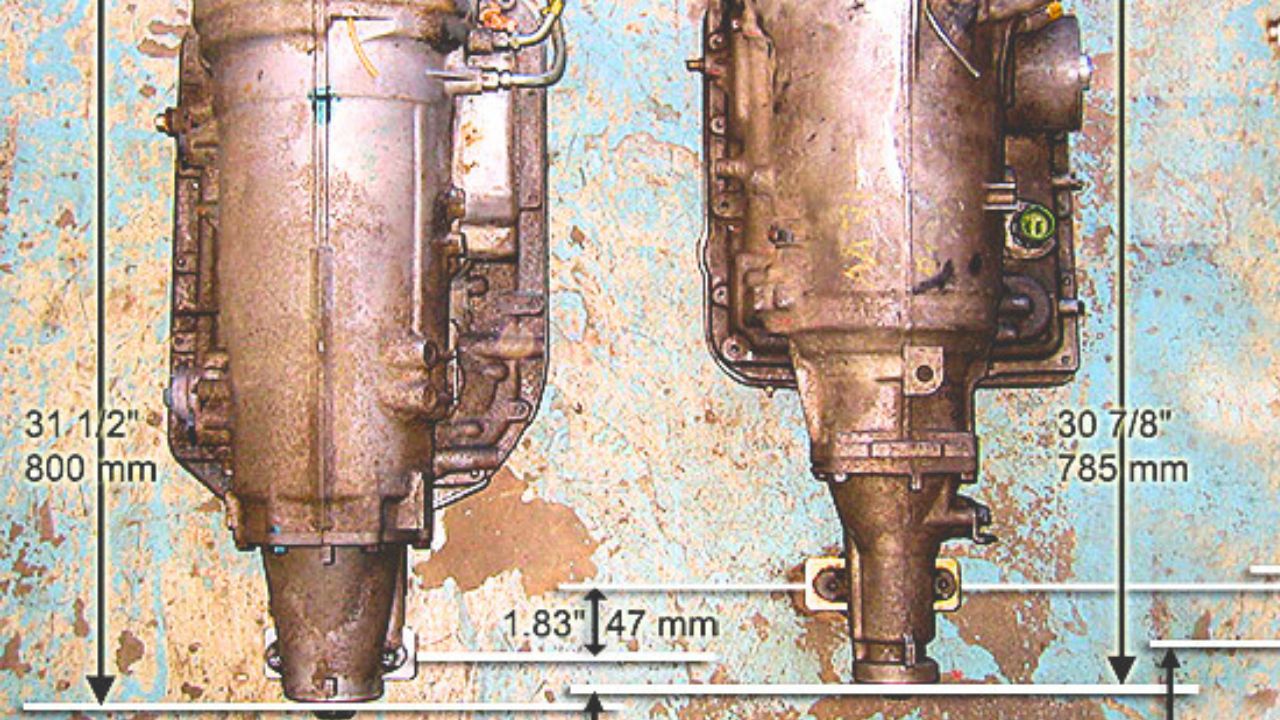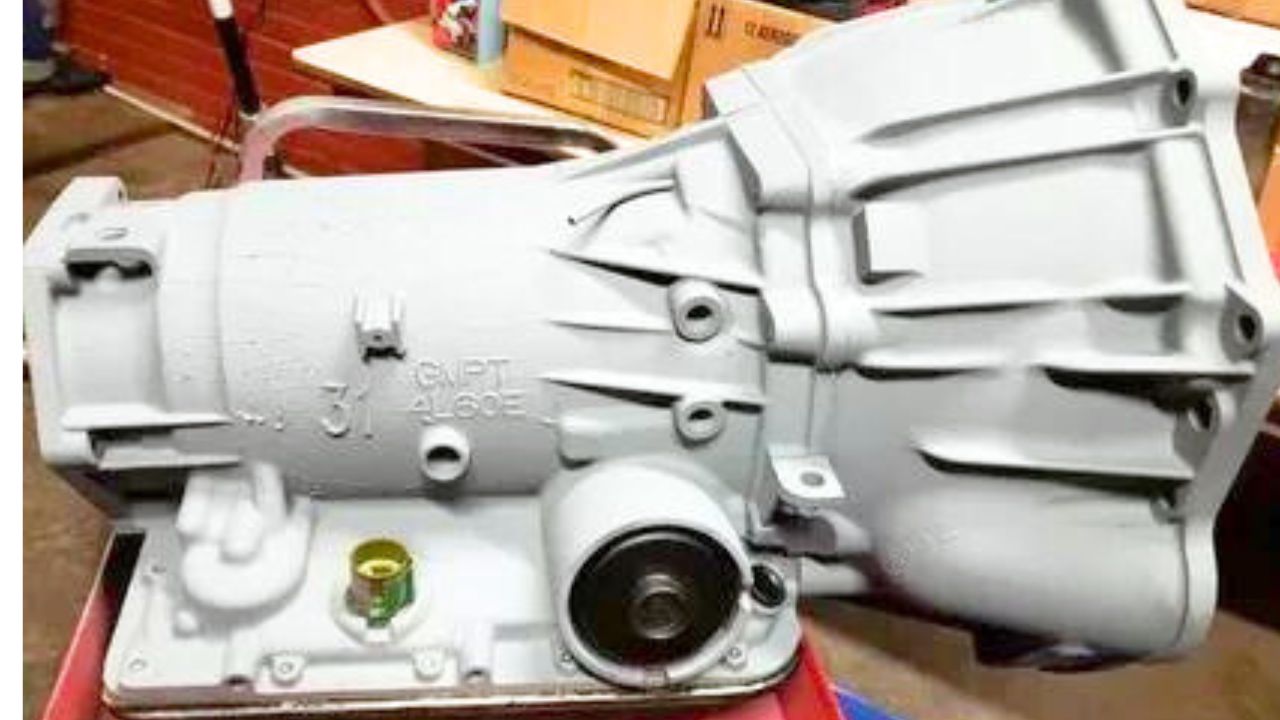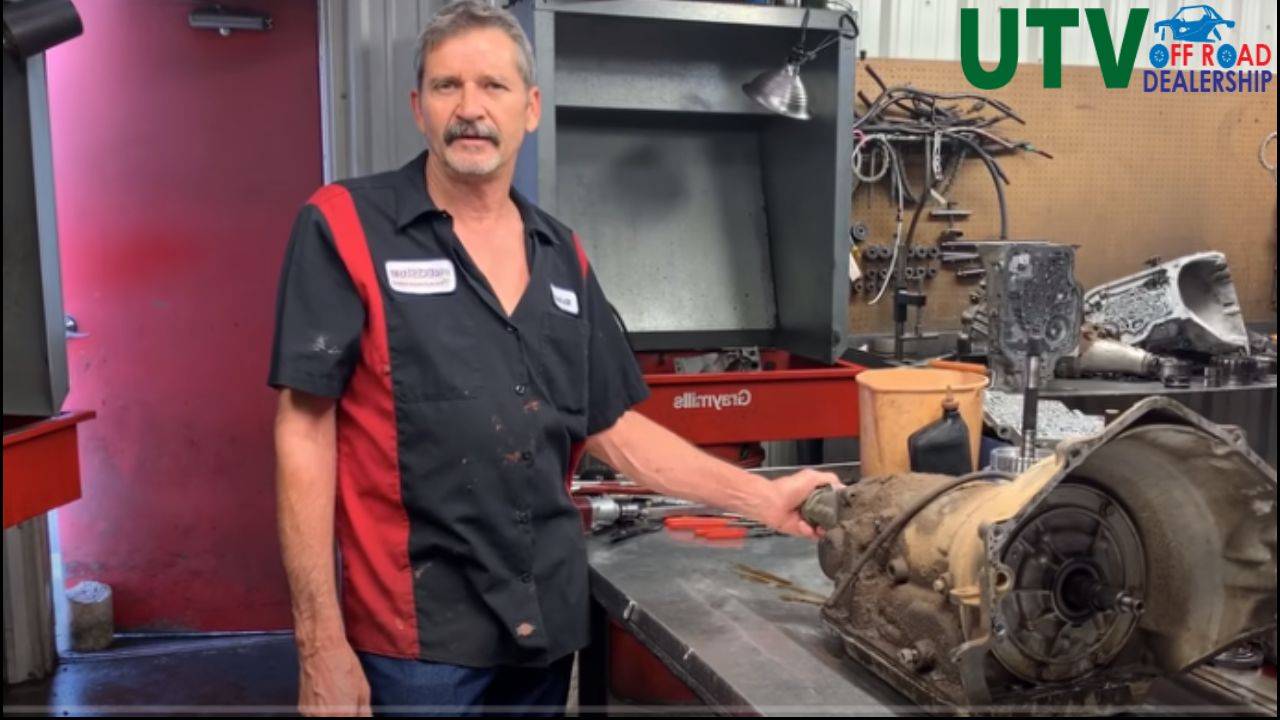Automatic transmissions are a crucial component of modern vehicles, responsible for smoothly transferring power from the engine to the wheels. Among the myriad of automatic transmission options available, two popular choices are the 4L60E and the 4L80E. While they may seem similar at first glance, there are significant differences between these transmissions that can impact vehicle performance, durability, and the overall driving experience.
The 4L60E transmission was commonly found in rear-wheel drive vehicles manufactured around 1993, while the 4L80E transmission gained popularity among diesel and big block engine vehicles. Furthermore, the 4L80E is recognized as the more robust and powerful transmission of the two. Now, let’s discuss into the performance differences between the 4L60E and 4L80E transmissions.
Differences Between the 4L60E and 4L80E Performance Transmission

The distinctions between the performance transmissions of the 4L60E and 4L80E are various in various aspects, including their origin, appearance, size and weight, power, gear ratios, and price. Both transmissions possess formidable power and capability, yet they stand distinctly apart from each other. For those seeking optimal maintenance strategies to ensure the smooth operation of their car’s transmission, online resources offer valuable insights and tips.
Origin
The 4L60E and 4L80E transmissions originate from General Motors (GM) and represent advancements in transmission technology. The 4L60E emerged in the early 1990s as a successor to the 700R4, prioritizing smoother shifts and improved fuel efficiency for a wide range of vehicles.
The 4L80E debuted later, designed for heavier-duty applications requiring increased torque capacity and durability. Both transmissions reflect GM’s commitment to enhancing performance and reliability across different vehicle segments, with the 4L60E catering to lighter-duty vehicles and the 4L80E excelling in heavy-duty applications like towing and hauling.
Spotting the Differences
Although internal differences are crucial, there are ways to distinguish between the two transmissions externally. The 4L80E has a distinct oval-shaped oil pan, while the 4L60E features a rectangular pan. Additionally, the number of bolts securing the transmission to the engine can provide a clue; the 4L80E typically uses a different number of bolts than the 4L60E.
Power
The power disparity between the 4L60E and 4L80E transmissions is significant. The 4L60E, while capable, is designed for lighter-duty vehicles and offers moderate torque capacity suitable for everyday driving. In contrast, the 4L80E is engineered for heavy-duty applications, boasting a robust construction and higher torque capacity to handle demanding tasks such as towing and hauling with ease.
This distinction in power makes the 4L80E transmission the preferred choice for vehicles requiring superior strength and durability. At the same time, the 4L60E is better suited for standard driving conditions where efficiency and smooth shifting are paramount.
Size and Weight
The 4L60E and 4L80E transmissions exhibit notable differences in size and weight. Generally, the 4L80E transmission is larger and heavier compared to the 4L60E.
The 4L60 transmission weighs 150 pounds without any fluid and measures 23.5 inches in length. In contrast, the 4L80E transmission weighs 236 pounds and measures 26.4 inches in length.
This size disparity is attributed to the 4L80E’s robust construction and increased torque capacity, which necessitate a more substantial design.
The 4L60E transmission is more compact and lightweight, making it suitable for vehicles where space and weight considerations are paramount, such as smaller cars and light-duty trucks.
Max Torque
The maximum torque handling capabilities of the 4L60E and 4L80E transmissions differ significantly. The 4L60E transmission typically has a lower maximum torque capacity compared to the 4L80E.
The 4L80E transmission is typically designed to handle much higher torque levels, making it the preferred option for heavy-duty applications like towing, hauling, and high-performance vehicles requiring superior strength and durability. However, exact numbers may vary depending on specific model years and configurations.
Gear Ratio
The gear ratios between the 4L60E and 4L80E transmissions illustrate significant differences in performance and application. The 4L80E boasts lower gear ratios, favoring heavy-duty tasks such as towing and hauling. Its lower first-gear ratio (2.482) provides ample torque for demanding situations.
The 4L60E features higher gear ratios, enhancing acceleration and fuel efficiency for lighter-duty vehicles. Its first gear ratio (3.059) prioritizes smoother starts and improved drivability. These gear ratios are vital when selecting a transmission, ensuring compatibility with vehicle requirements and driving conditions.
Price
When comparing the prices of the 4L60E and 4L80E transmissions, several factors come into play. Generally, the 4L60E transmission is more affordable than its counterpart, the 4L80E. Numerous variables, such as variations in construction, torque capability, and intended application, might be blamed for this price disparity. Additionally, the availability of replacement parts and aftermarket support may also influence pricing. While the 4L60E offers a cost-effective solution for everyday driving needs, the 4L80E’s higher price tag reflects its robustness and suitability for heavy-duty applications. Considering these price discrepancies is essential when selecting a transmission that aligns with both budget and performance requirements.
If you are looking for a vehicle that can handle heavy trucks and high-speed vehicles, the 4L80E is the preferred option. Choosing the 4L60E for a high-horsepower engine may lead to potential breakage.
Fuel Efficiency

Fuel efficiency varies between the 4L60E and 4L80E transmissions due to their design differences and intended applications. The 4L60E transmission typically offers better fuel efficiency compared to the 4L80E, primarily due to its lighter weight and optimized gear ratios for everyday driving. Its smoother shifting also contributes to improved fuel economy by minimizing power loss during gear changes.
The 4L80E, designed for heavy-duty tasks, may consume more fuel due to its larger size, higher torque capacity, and lower gear ratios optimized for towing and hauling. Fuel efficiency considerations are crucial when selecting a transmission for your vehicle.
Conclusion
The choice between a 4L60E and a 4L80E boils down to your vehicle’s specific needs. If you drive a daily-use SUV or light-duty truck, the 4L60E provides a good balance of performance and fuel economy. Conversely, if you own a heavy-duty truck, a performance car, or a vehicle that frequently tows heavy loads, the 4L80E’s superior strength and towing capacity makes it the ideal choice.
Both the 4L60E and 4L80E are capable of automatic transmissions from GM, but they cater to different applications. Understanding their strengths and weaknesses will ensure you have the right transmission for optimal performance and longevity in your vehicle.
Frequently Asked Question
How do I know if I have 4L60E or 4L80E?
To identify, check the pan shape: 4L80E is rectangular with 17 bolts, while 700r4/4L60/4L60E is square with 16 bolts.
What is the max rpm for a 4L60E?
Insufficient high RPM pressure and unintentional 3-4 clutch engagement outside of 3rd gear can damage the clutch. The maximum RPM for a stock 4L60E/65 should not exceed 6000 rpm.
How strong is a 4L80E transmission?
The GM 4L80E Performance Transmission Level 4 is powered with a whopping 800 Horsepower. This automatic transmission gear can also generate up to 700 ft. lbs.
What are the common problems with a 4L80E transmission?
The 4L80-E transmission, with its race and vane-style pumps, often experiences pump-related problems like low line pressure and overheating.
How fast is a 4L80E?
The 4L80E designation signifies a 4-speed, longitudinally-mounted transmission designed for vehicles weighing up to 8000 lbs. It is electronically controlled (E), and the ‘E’ indicates its reliance on an Electronic Control Unit (ECU) for precise control and optimal performance.

